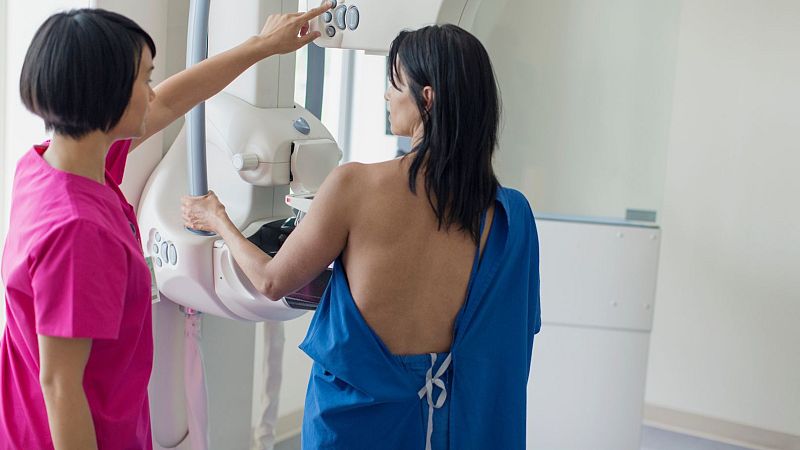How European countries compare on cancer screening programmes

The European Union wants 90 per cent of eligible people to get screened for breast, cervical, or colorectal cancer by 2025, but whether Europeans get tested depends largely on where they live, a new analysis found.
The EU’s beating cancer plan includes guidelines on screening for certain types of cancers and patient groups, because patients’ chances of remission and survival increase when cancer is detected earlier.
Beyond screening rates themselves, there is wide variation in screening policies across Europe. Slovenia, Portugal, and Norway are the most in tune with EU guidelines while Bulgaria, Romania, and Greece are at the bottom of the list, according to the report from the European Cancer Organisation.
The group analysed more than two dozen data points, including screening rates for breast, cervical, and colorectal cancers, as well as the amount of time recommended between screenings, whether screening is covered nationally or regionally, and the type of test used to screen patients.
Taken together, the data resulted in an overall cancer screening policy score for each country.
Despite the disparities, few countries are implementing all of the EU’s recommended screening practices in their national cancer programmes.
For example, three countries (Bulgaria, Lithuania, and Romania) don’t have comprehensive screening programmes for breast cancer, while six lack them for colorectal cancer and eight don’t have them for cervical cancer, the report found.
The most common cancer diagnoses in the EU are breast, colorectal, prostate, and lung cancers, while the deadliest forms are lung, colorectal, breast, and pancreatic cancers, according to European Commission data, making them key targets for screening programmes.
There are also major disparities within countries. Taking people’s education, income, and urban-rural status into account, Bulgaria is the most unequal country on cancer screenings and the Czech Republic is the most equal country.
Notably, screening is not the only tool to catch cancer cases.
For example in Denmark, which ranks highly on the index, just 7.5 per cent of all cancers are caught through screening programmes, according to a 2021 study published in the journal Cancer Epidemiology. Most cases are detected in primary care, by medical specialists, or during unplanned hospitalisations.
Today

